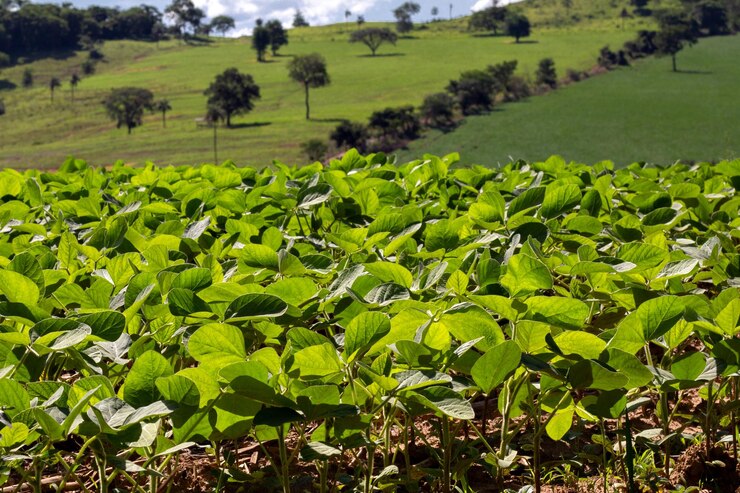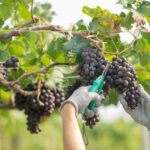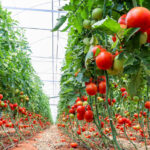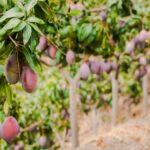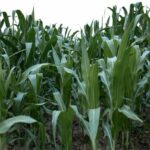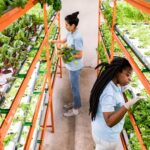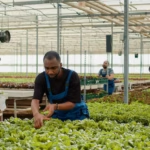Intercropping maize and beans is a time-tested farming practice that continues to prove its value across many agricultural regions. By growing these two complementary crops together, farmers can boost land productivity, reduce input costs, and increase profits. With proper planning and management, maize-bean intercropping offers a sustainable and profitable alternative to monocropping.
The success of maize and bean intercropping lies in the natural compatibility of the two crops. Maize, a tall-growing cereal, provides a structural canopy that benefits the beans, which are legumes with a climbing or bushy habit. Beans, in turn, enrich the soil by fixing atmospheric nitrogen through their root nodules, reducing the need for synthetic fertilizers that maize heavily depends on. This symbiotic relationship not only improves soil health but also enhances overall crop yields.
Financially, intercropping helps farmers get more output from the same piece of land. Instead of harvesting a single crop, farmers harvest two, increasing income per hectare. Even in cases where bean yields are slightly reduced due to shading from maize, the overall profit margin is usually higher than growing either crop alone. This system also spreads economic risk—if maize prices fall, bean harvests can still provide a safety net.
One of the biggest advantages of intercropping maize and beans is better land utilization. By planting beans in the spaces between maize rows, farmers ensure that sunlight, water, and nutrients are more efficiently used. This practice also helps suppress weeds, as the denser crop cover limits space and light for weed growth. In the long term, reduced weed pressure translates to lower labor costs and less reliance on herbicides.
Pest and disease management also improve in an intercropping system. The crop diversity creates a less favorable environment for pests that target one specific plant, reducing infestations and minimizing crop loss. Additionally, the need for chemical pesticides is often lower, which saves money and supports healthier ecosystems.
For successful intercropping, spacing and timing are critical. Maize should be planted first or simultaneously with beans, allowing the maize to establish itself and minimize competition. Recommended spacing typically involves planting maize at normal intervals, with one or two bean plants between each maize row, depending on the variety and soil fertility. Selecting early-maturing bean varieties can also reduce competition for light and allow timely harvests without interfering with maize development.
Soil fertility management is essential for maximum profitability. Since maize is a heavy feeder, applying compost or organic manure before planting helps meet nutrient demands. Beans will contribute nitrogen naturally, but phosphorus and potassium should be supplemented based on soil test results. Using drip or furrow irrigation, where available, ensures both crops receive adequate water, especially during flowering and pod formation stages.
Intercropping maize and beans not only increases yields and profits but also contributes to long-term soil health and farm resilience. With proper planning and field management, this system helps farmers get the most from their land while reducing dependency on costly inputs. Whether for smallholders or commercial growers, maize-bean intercropping stands out as a smart, sustainable way to farm.

